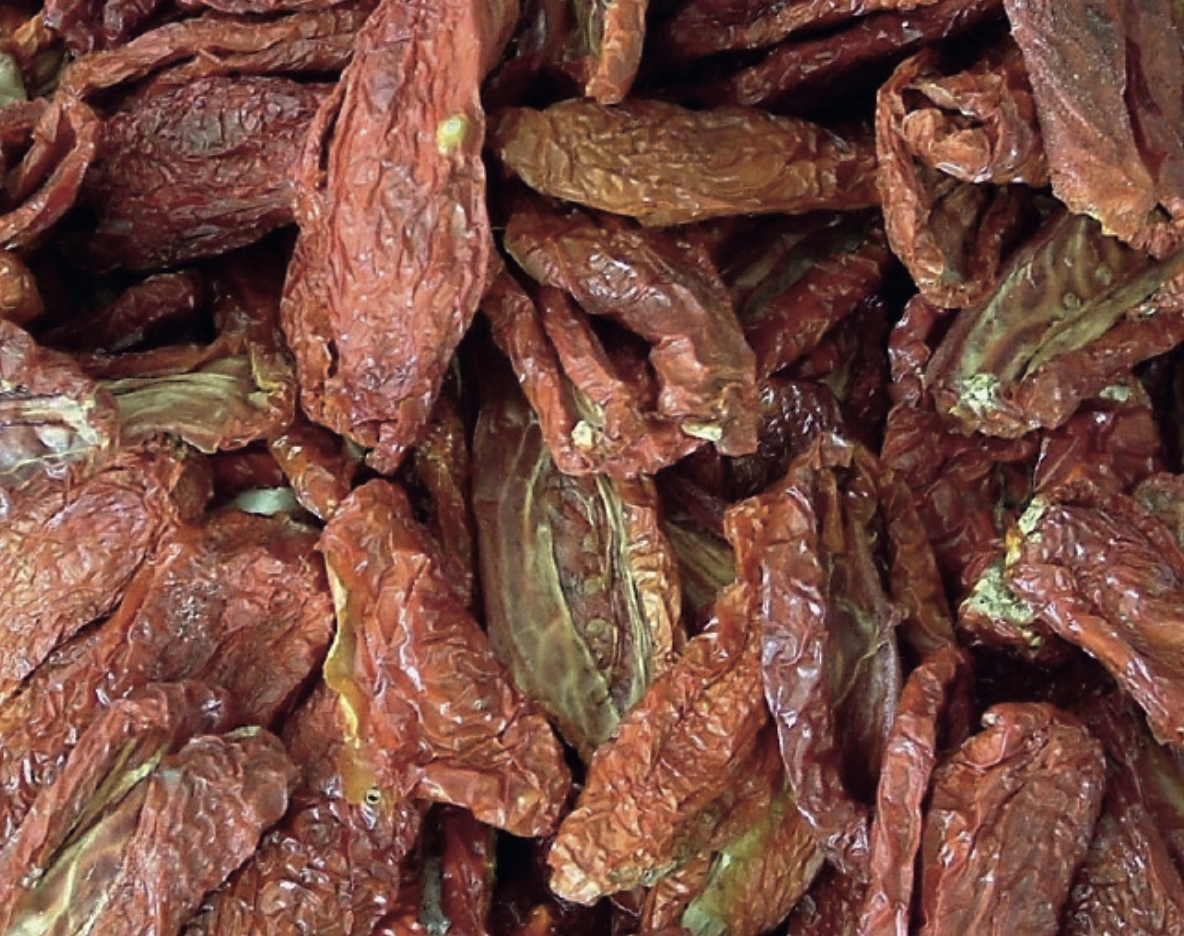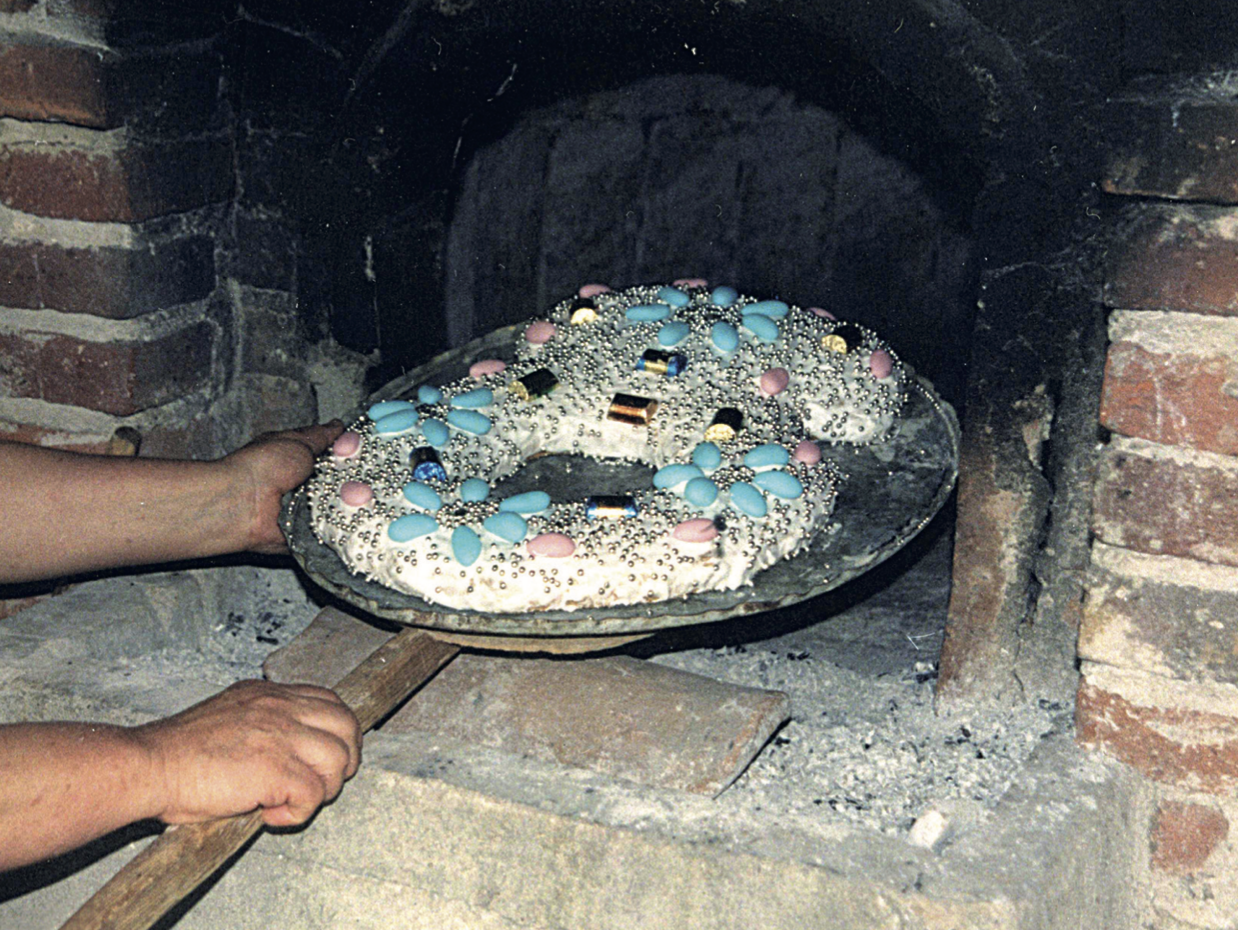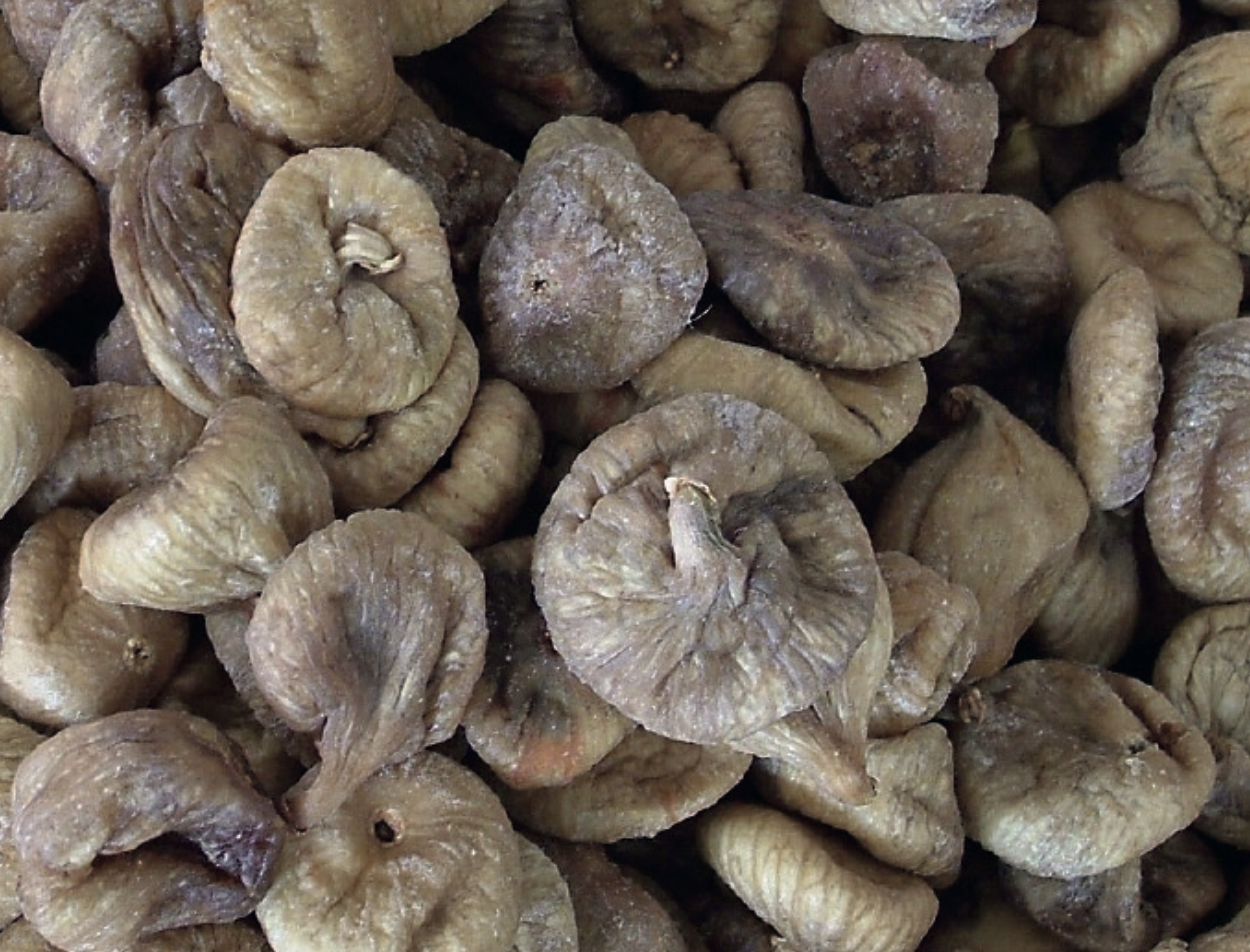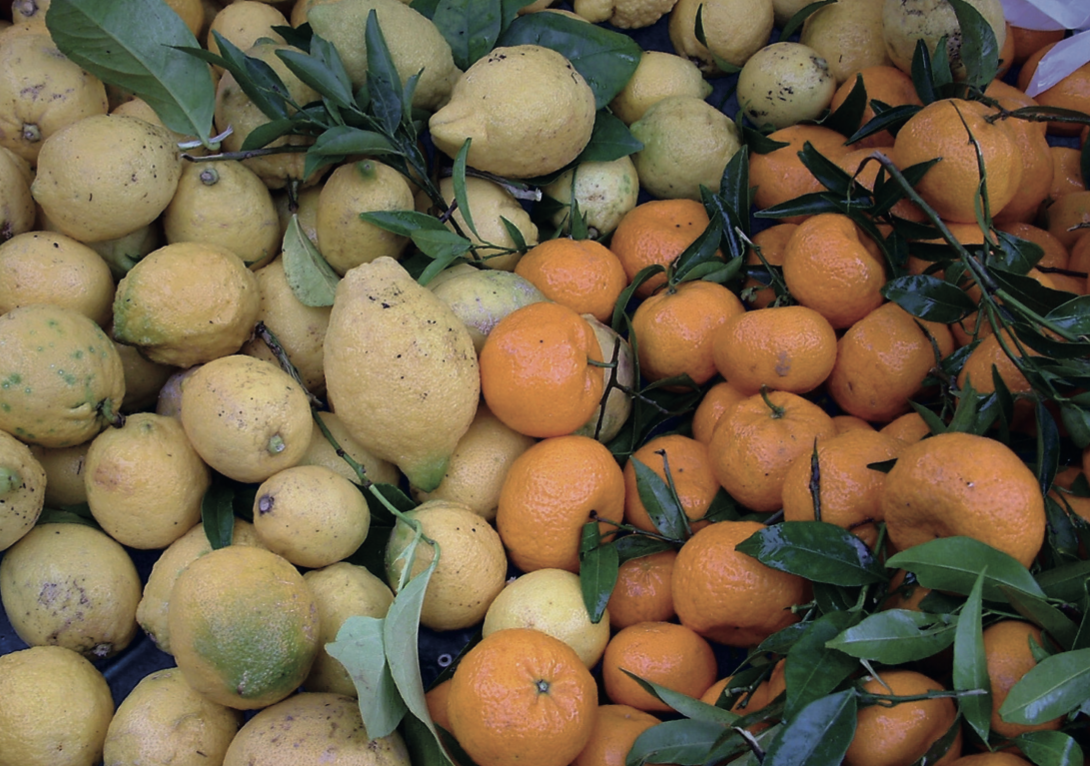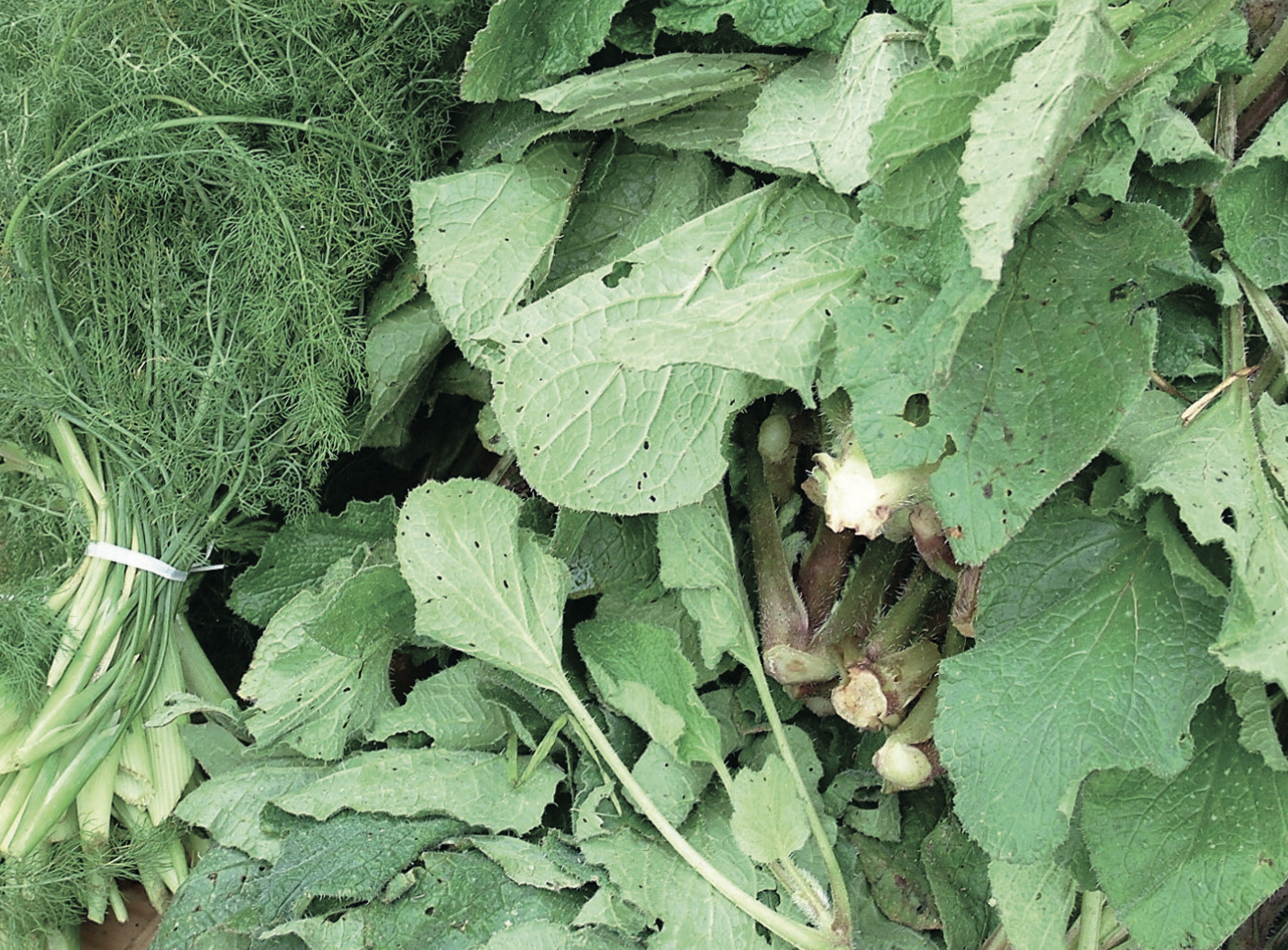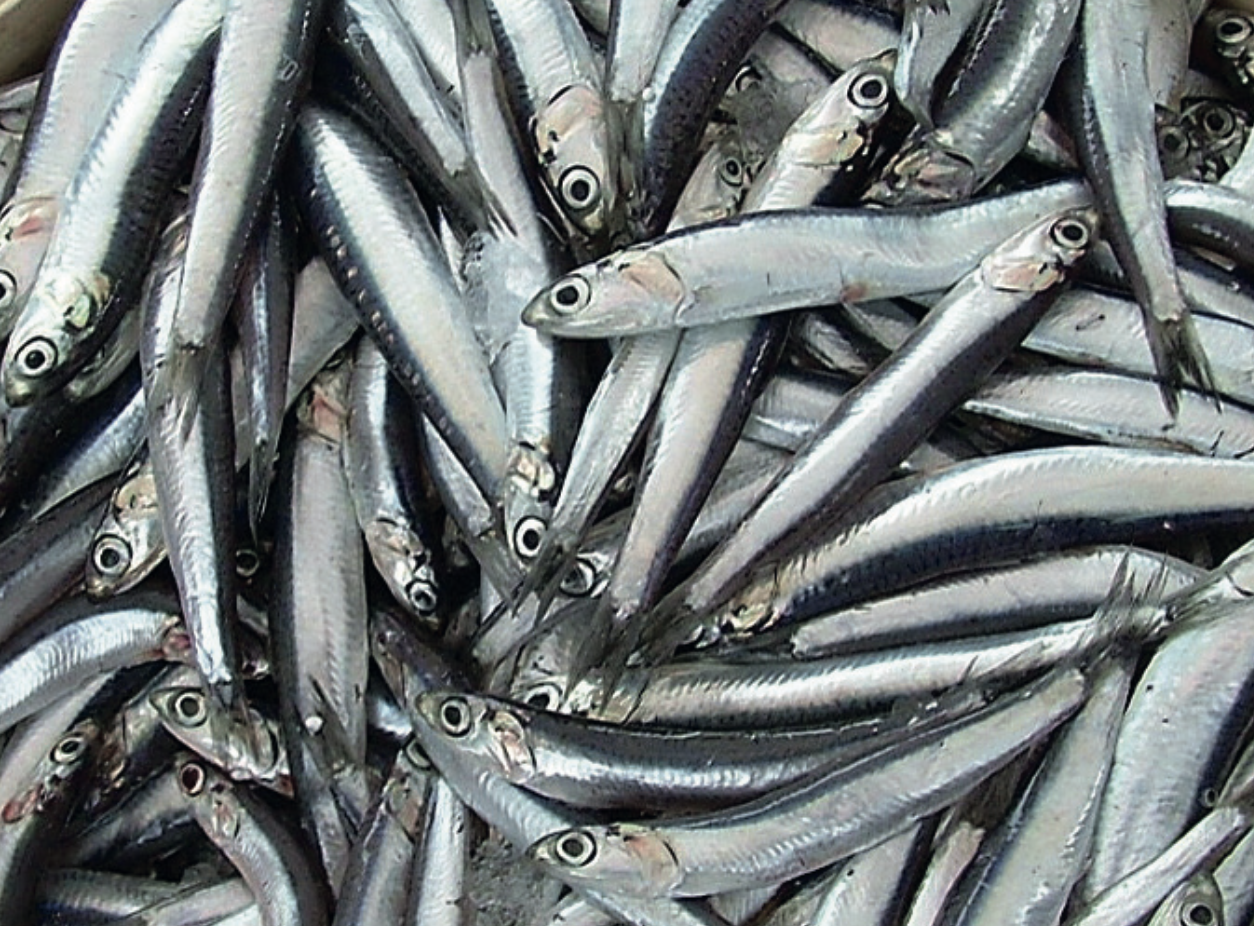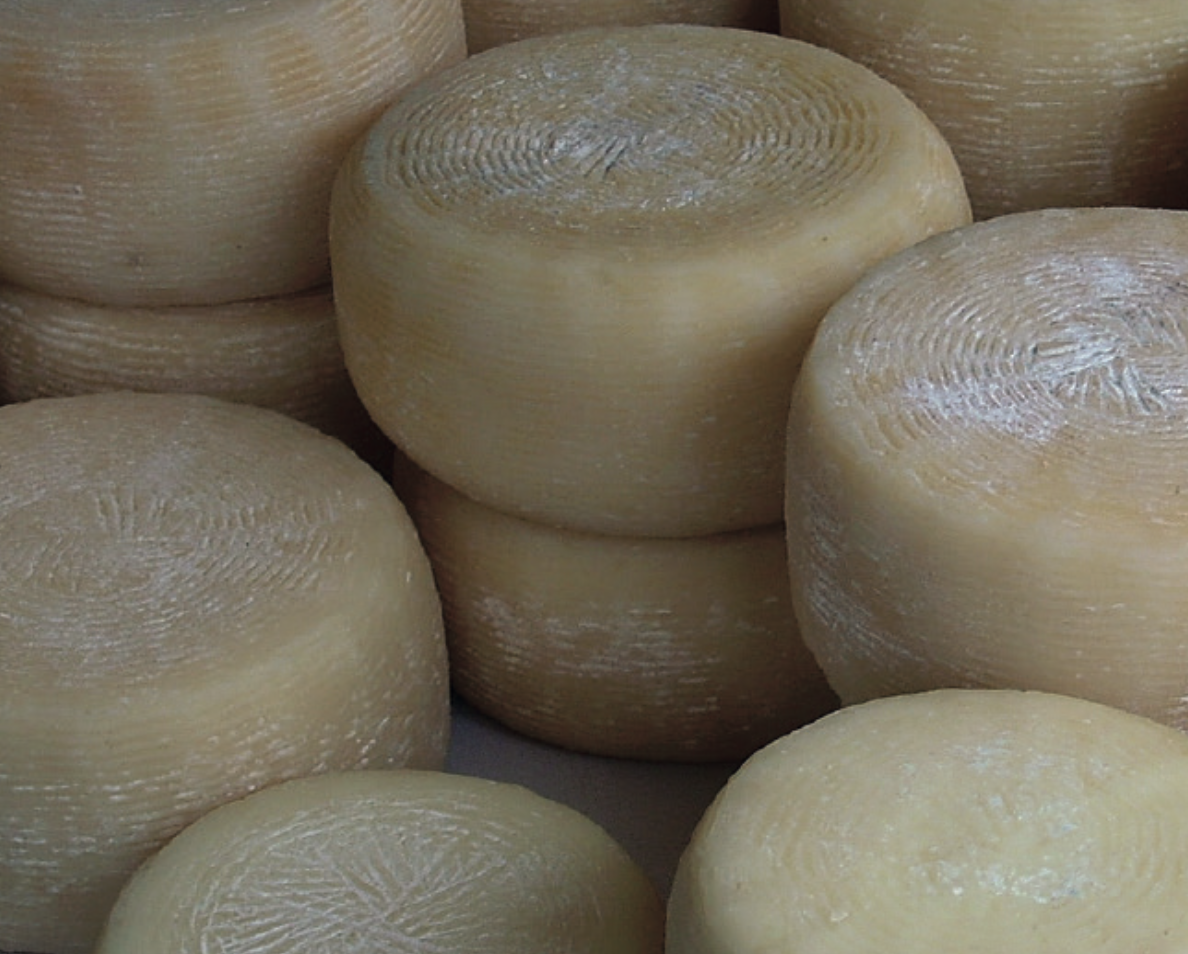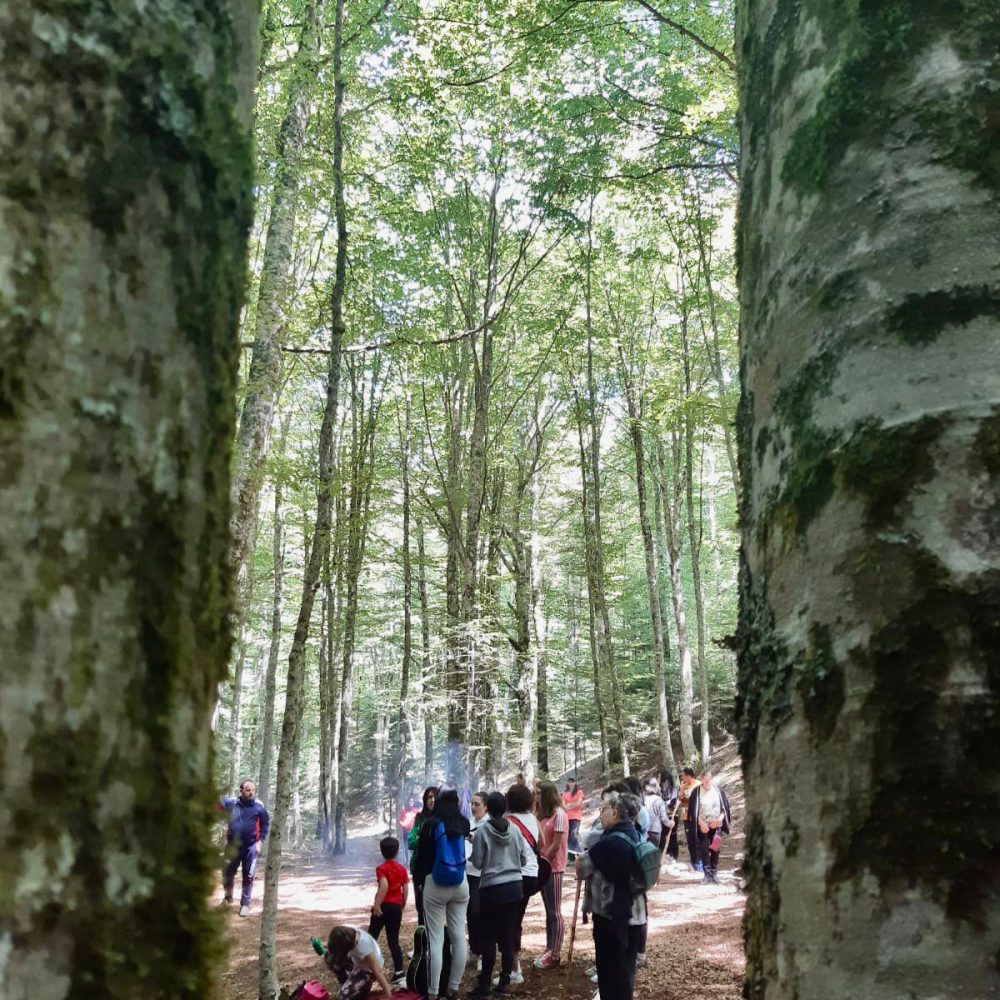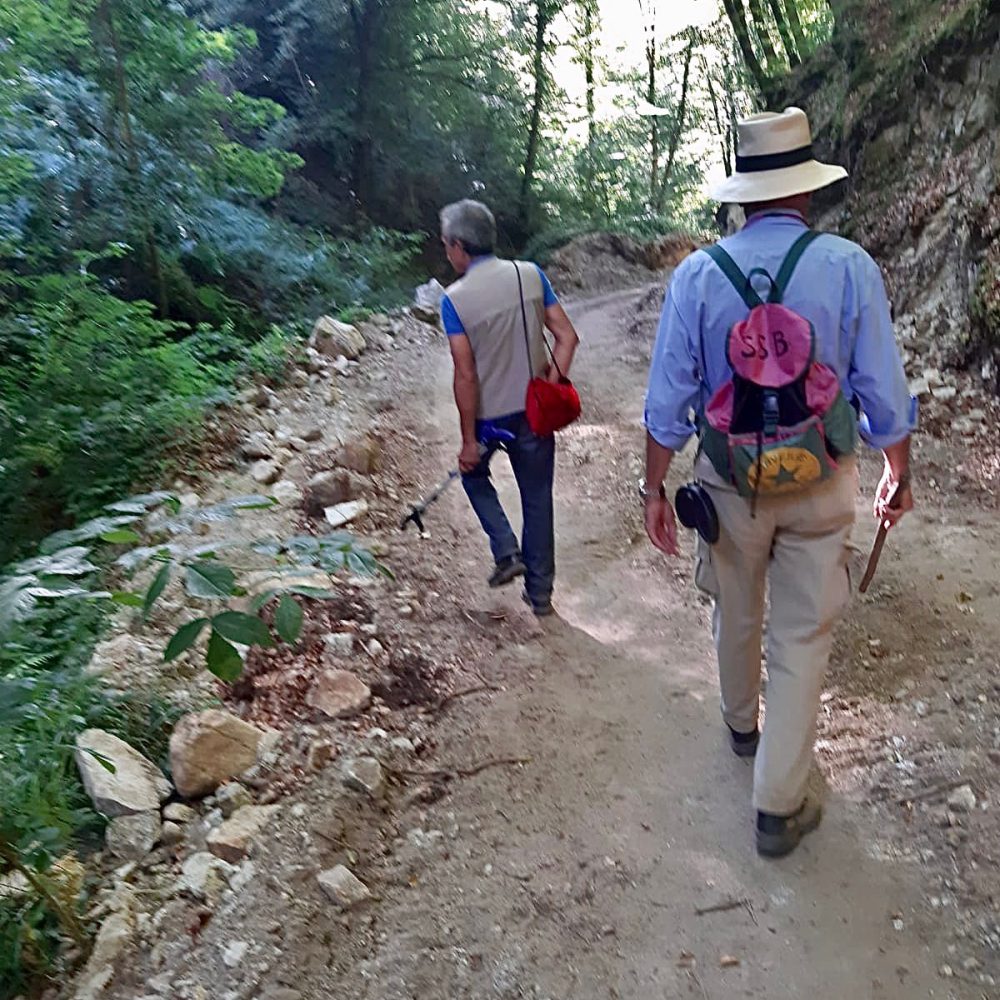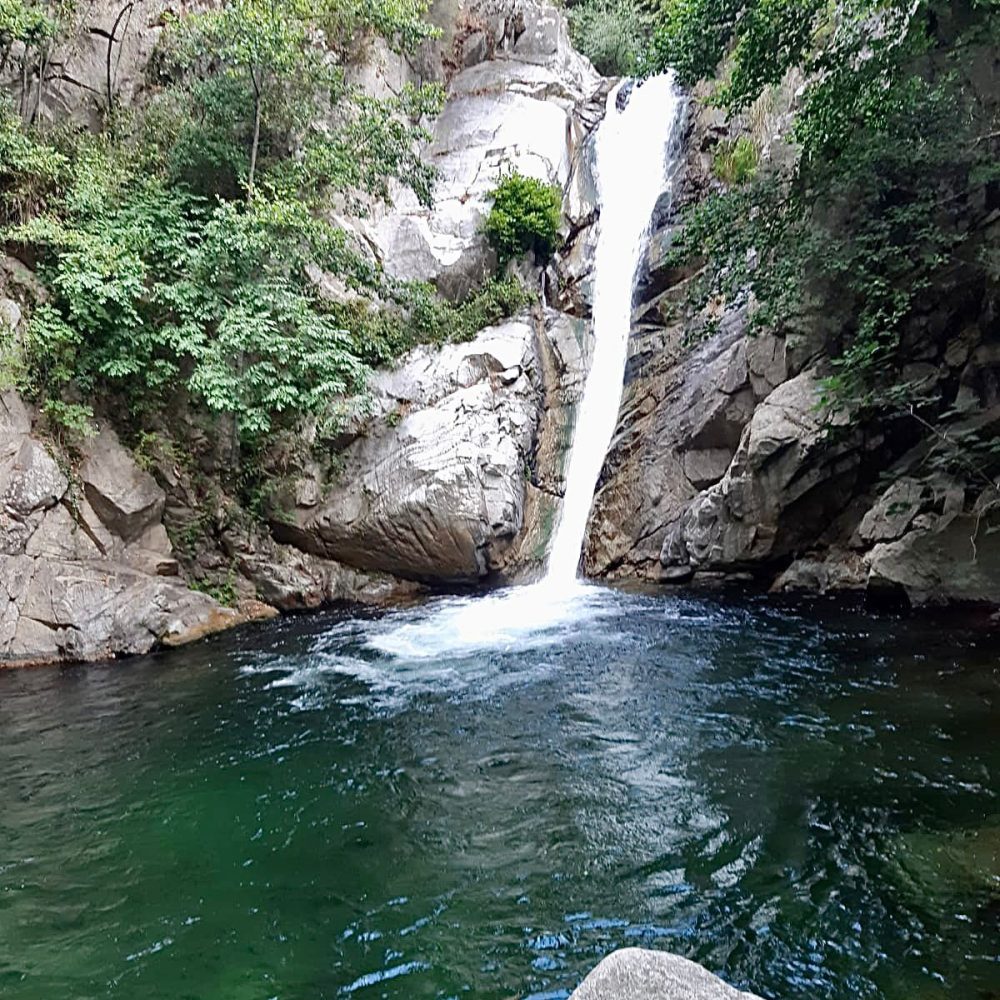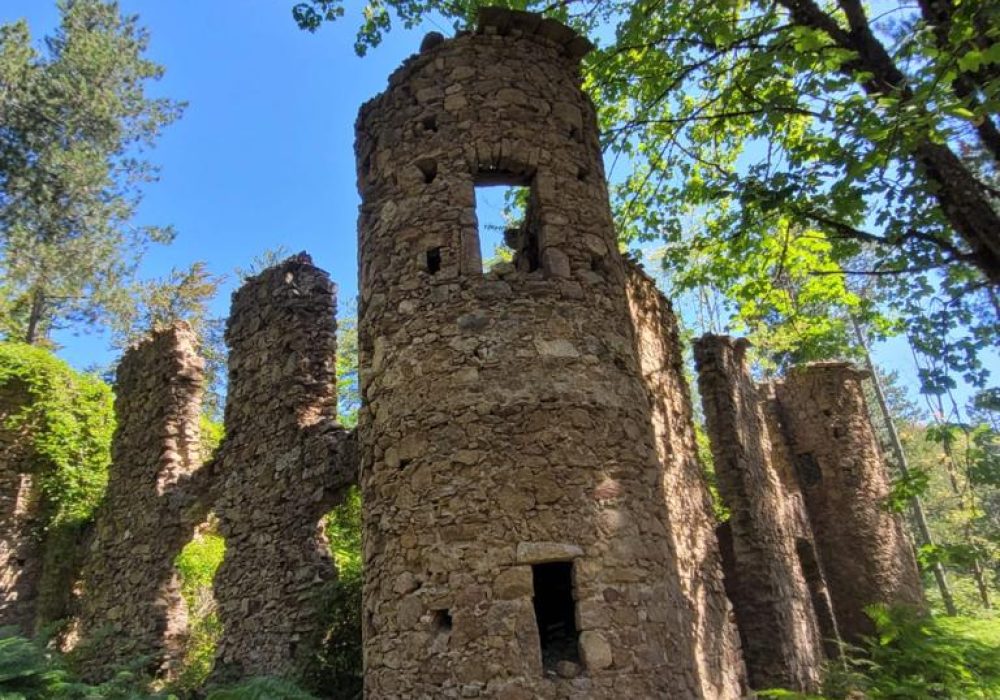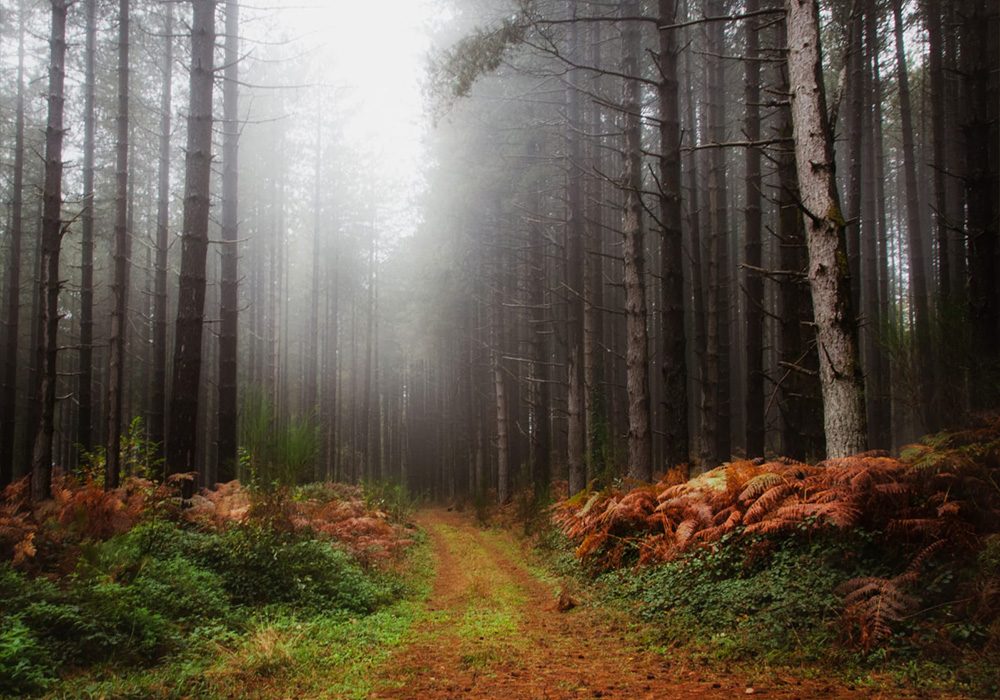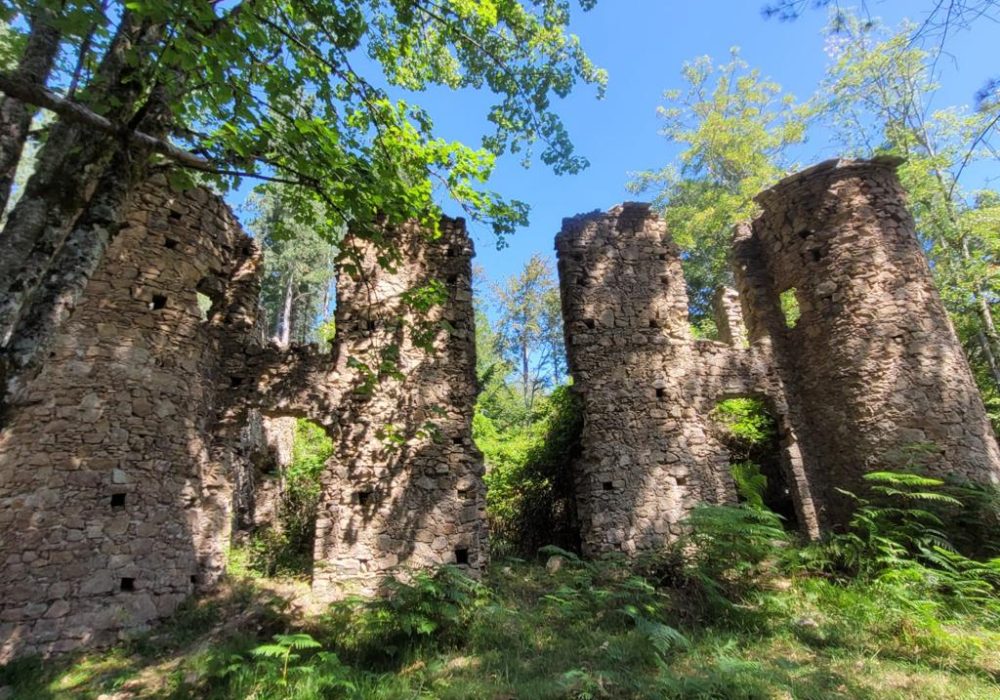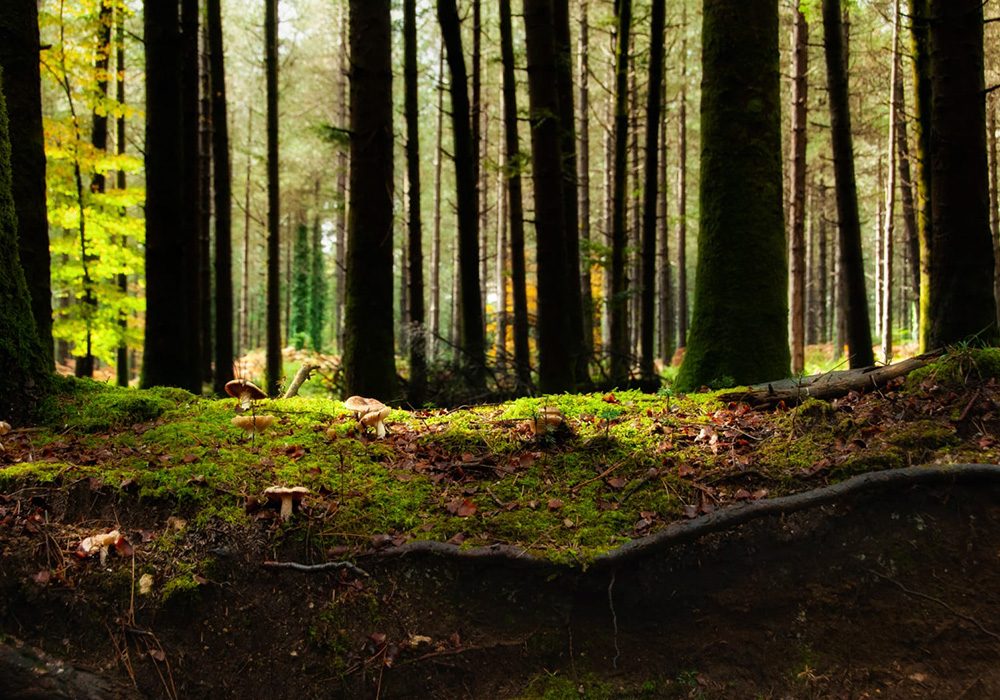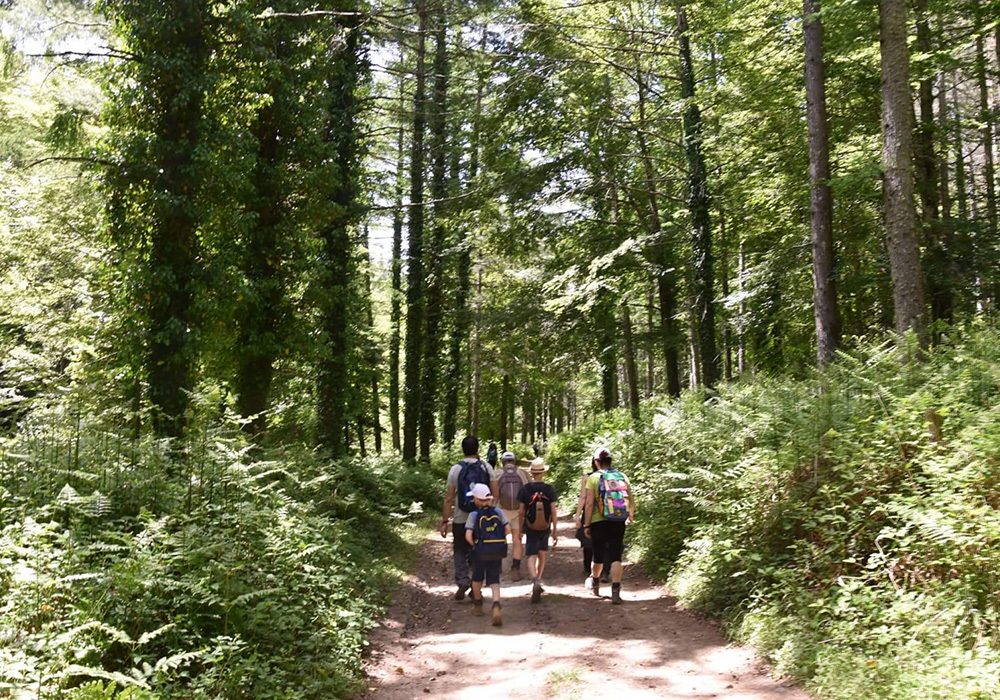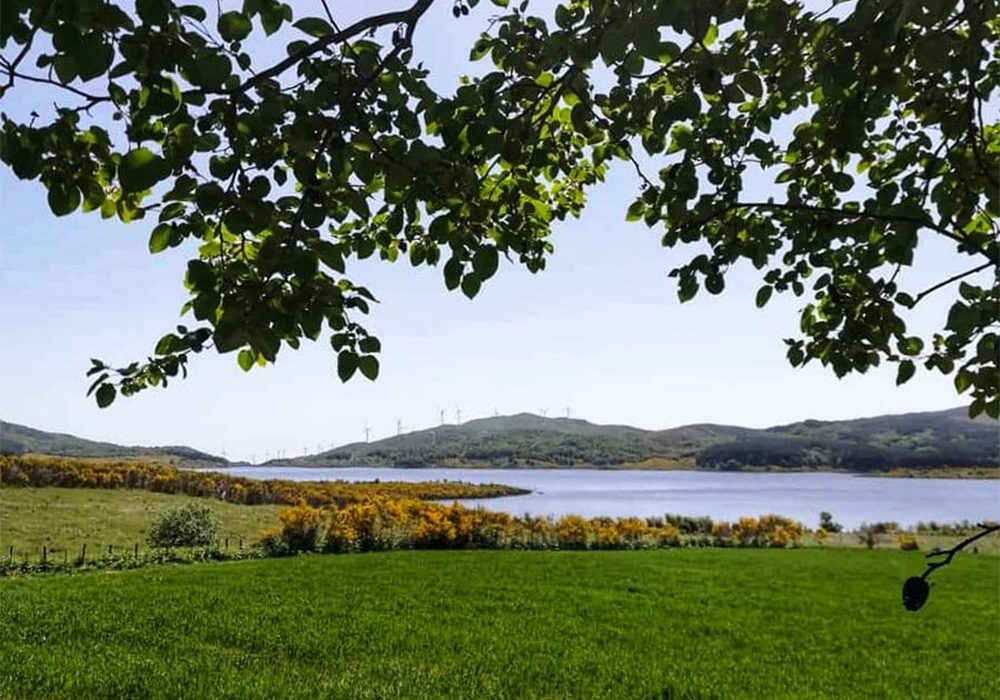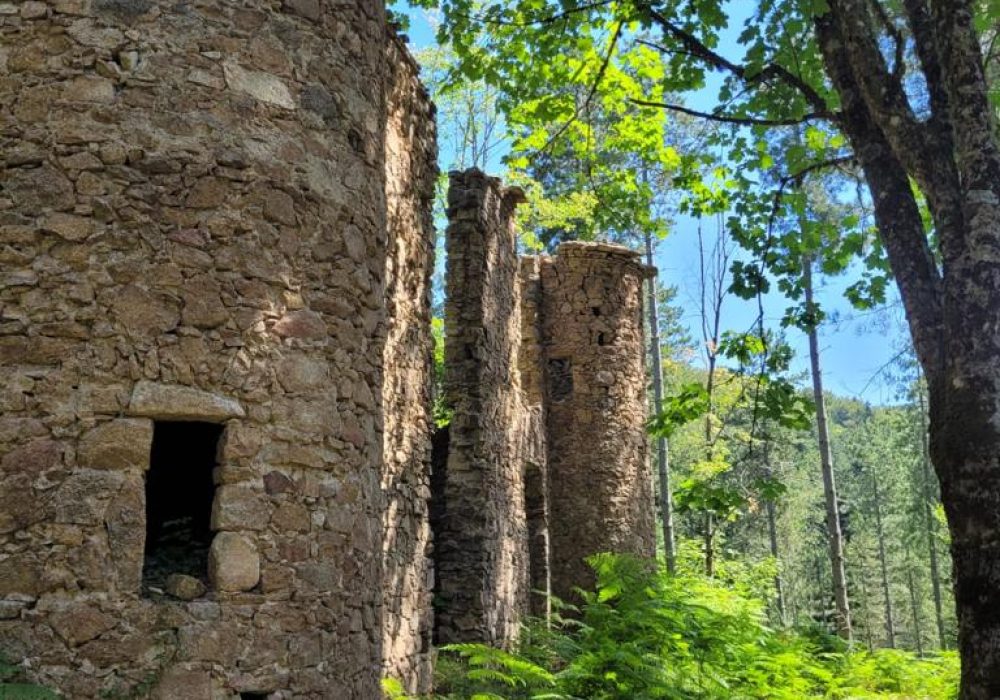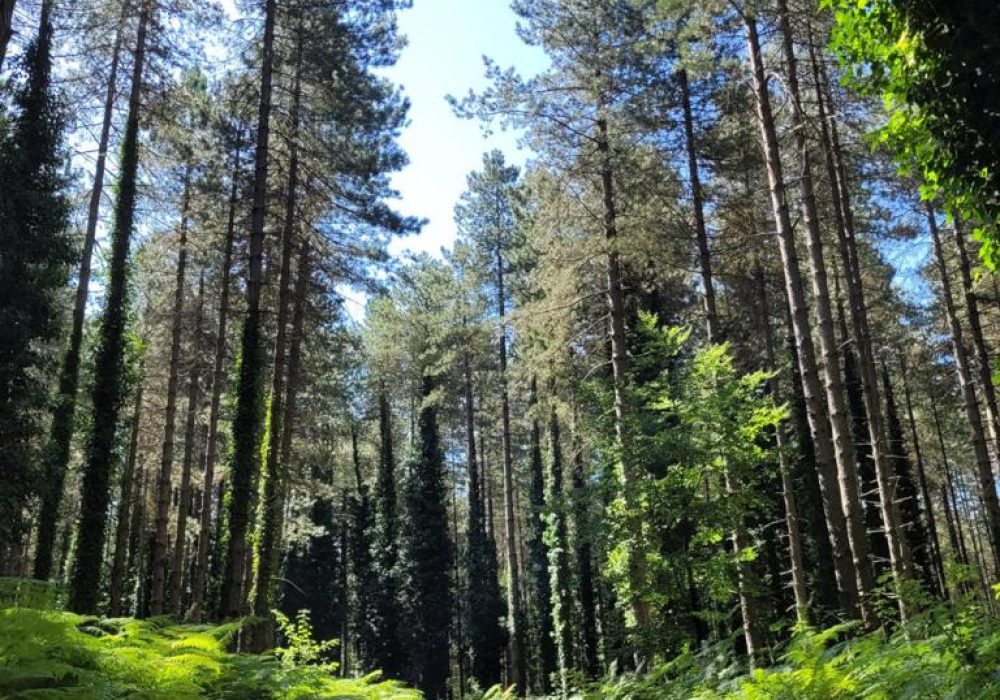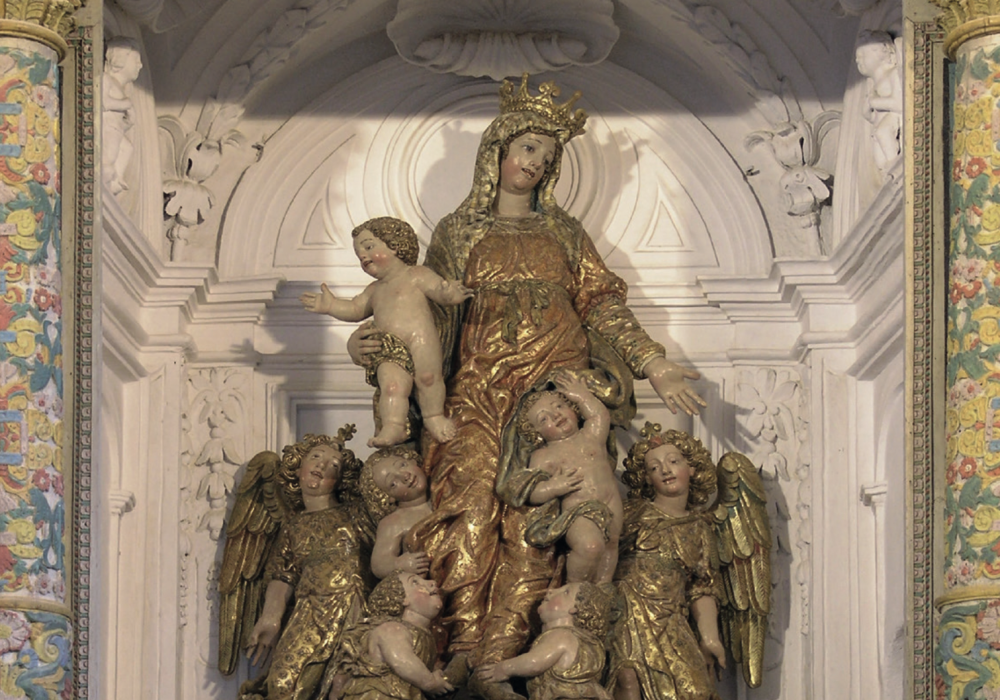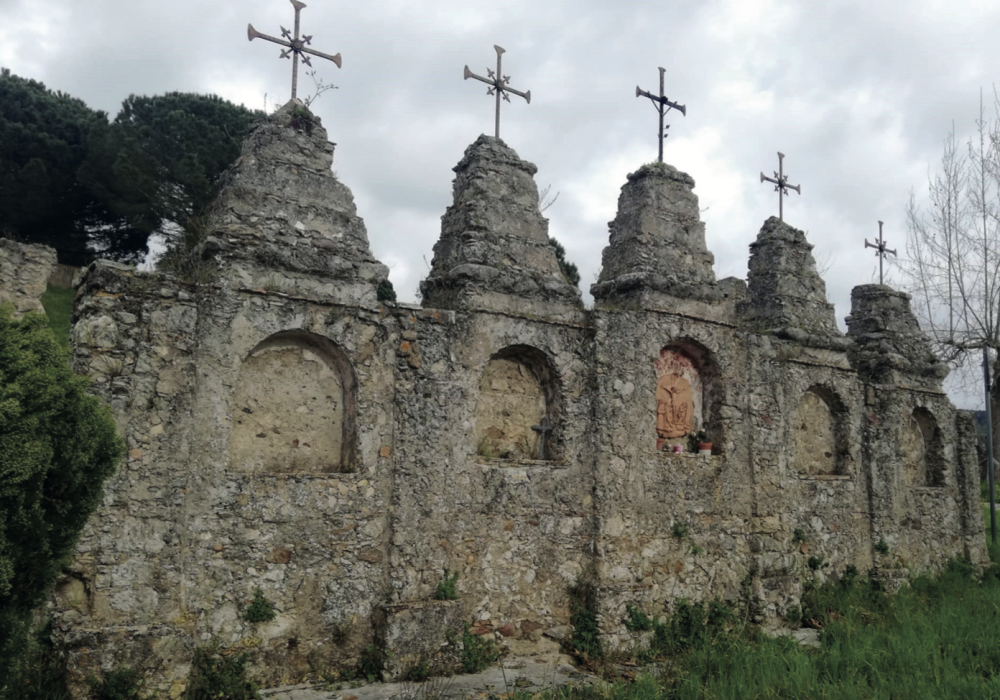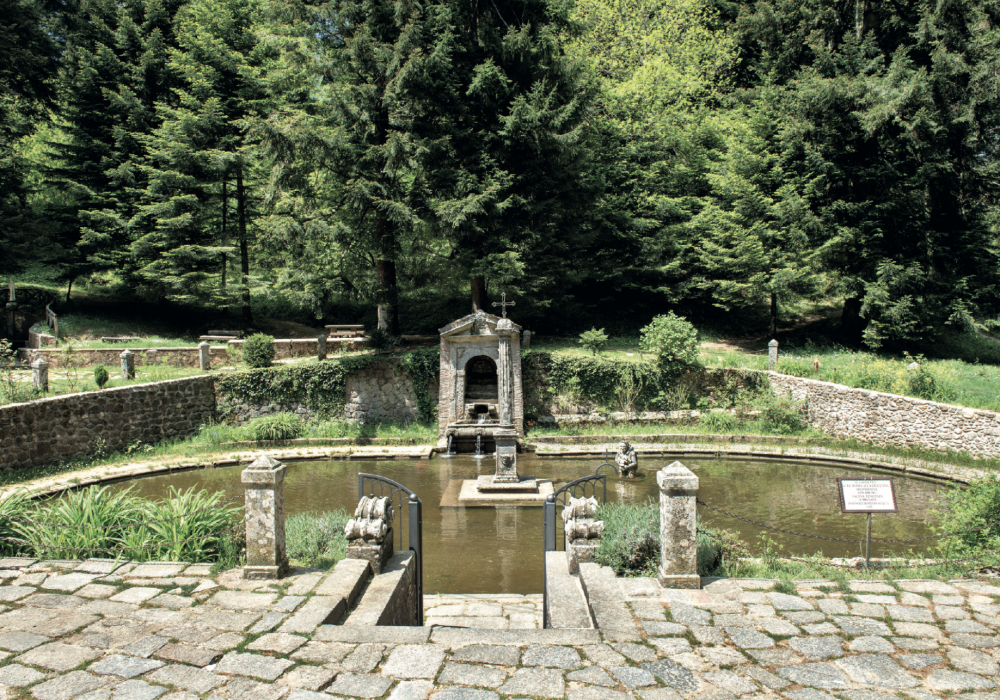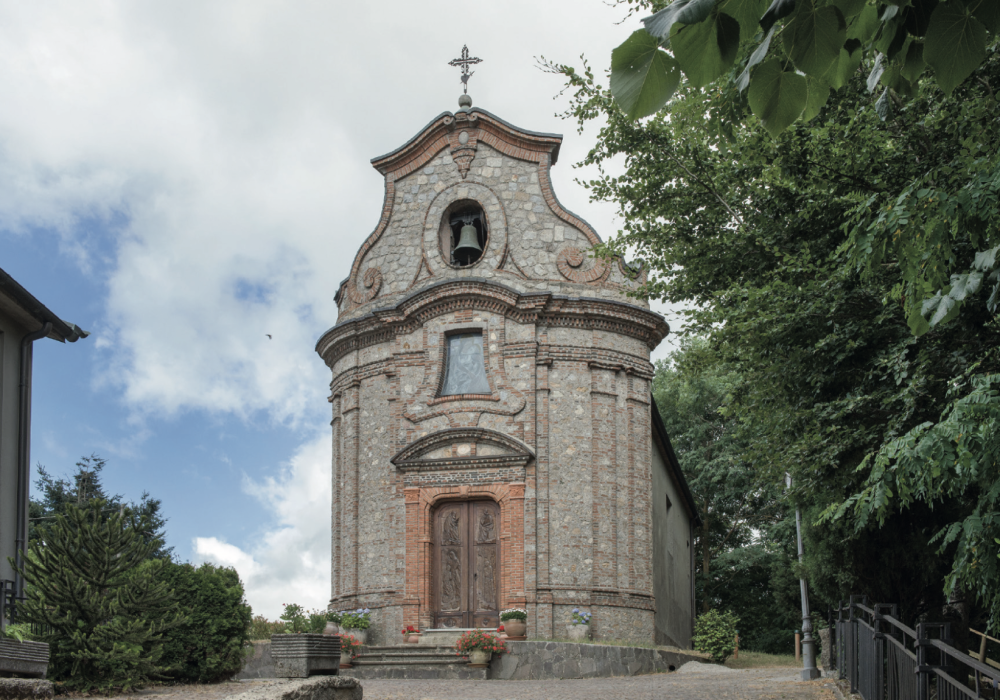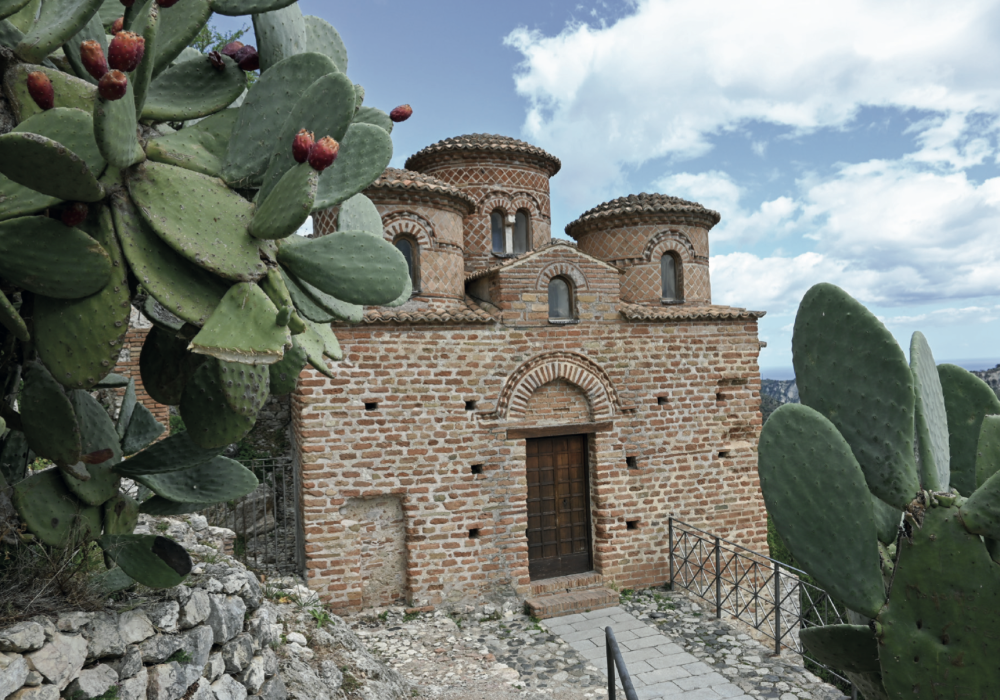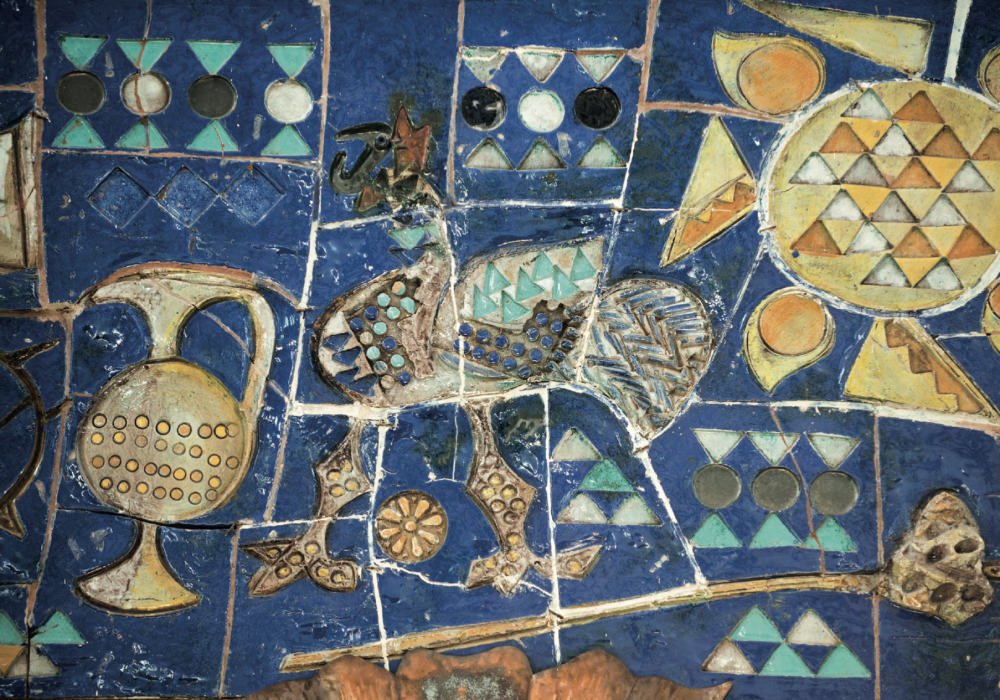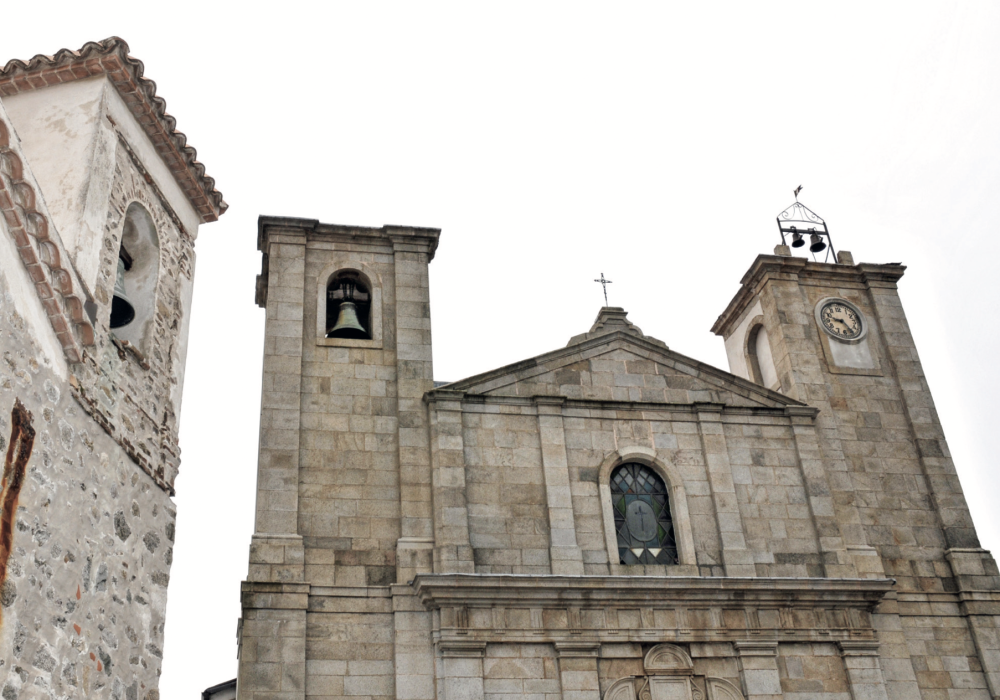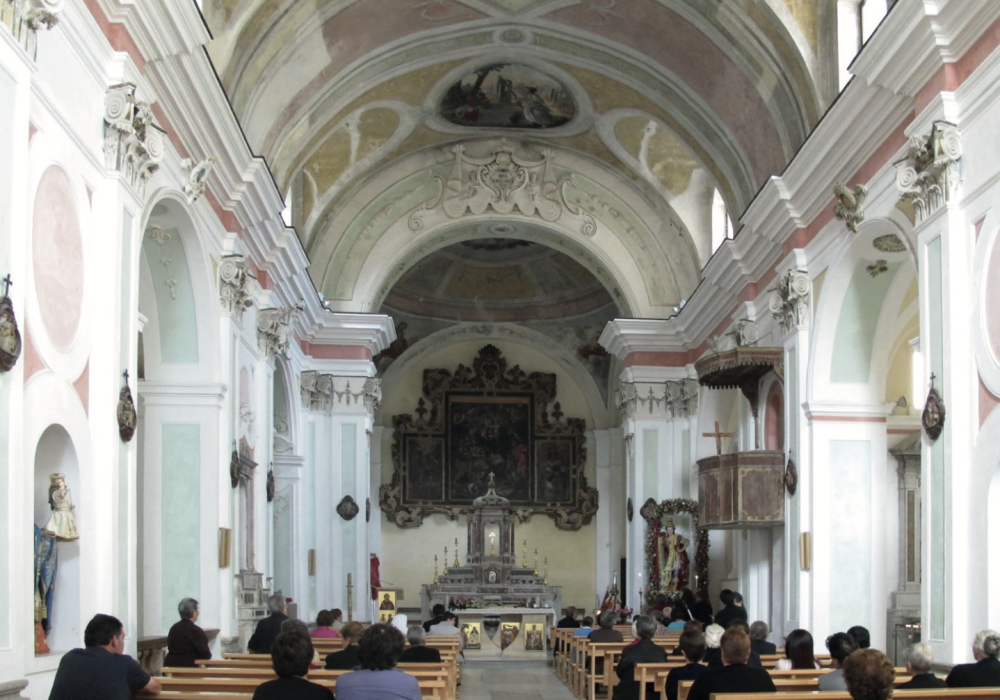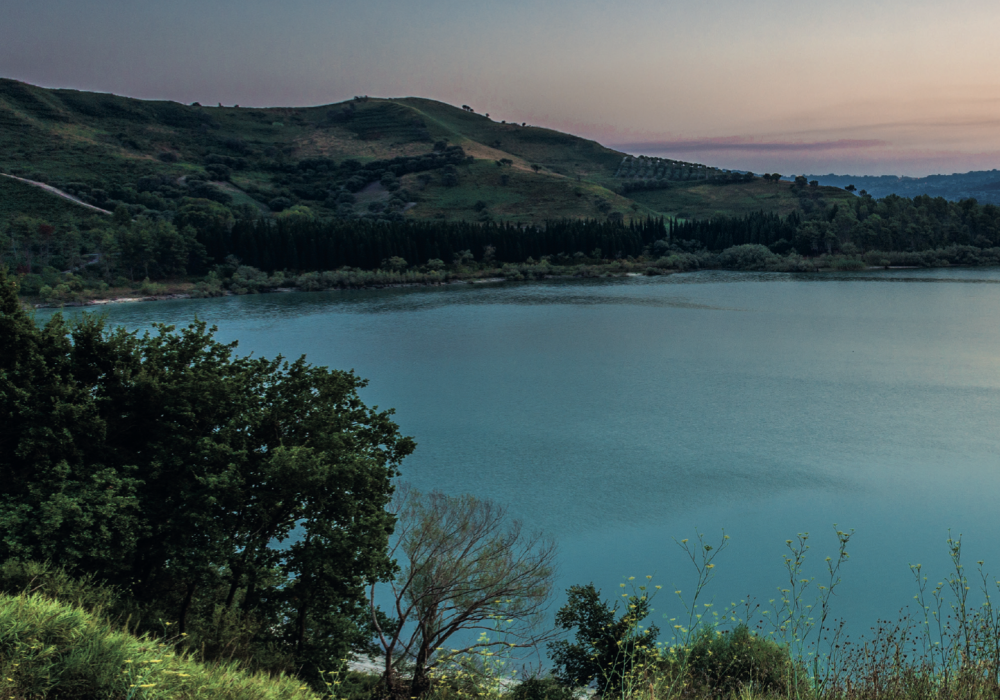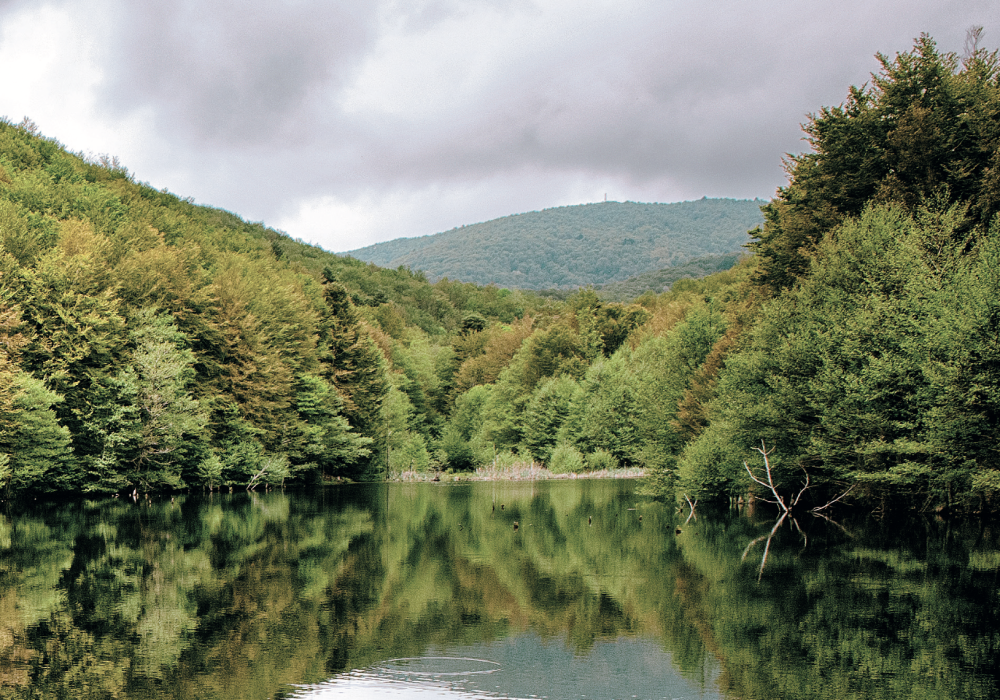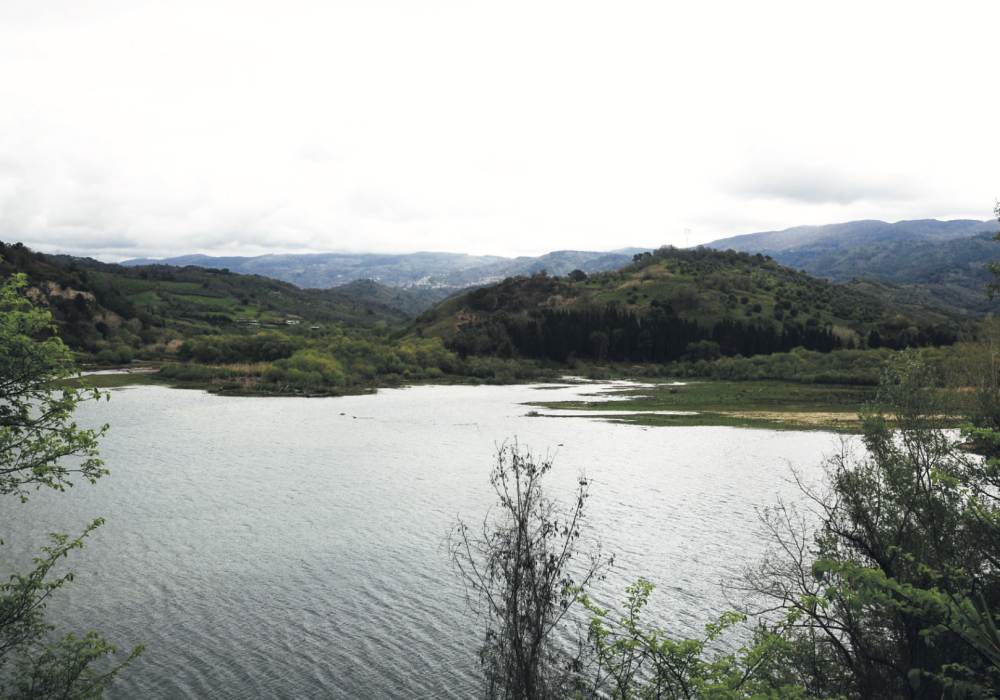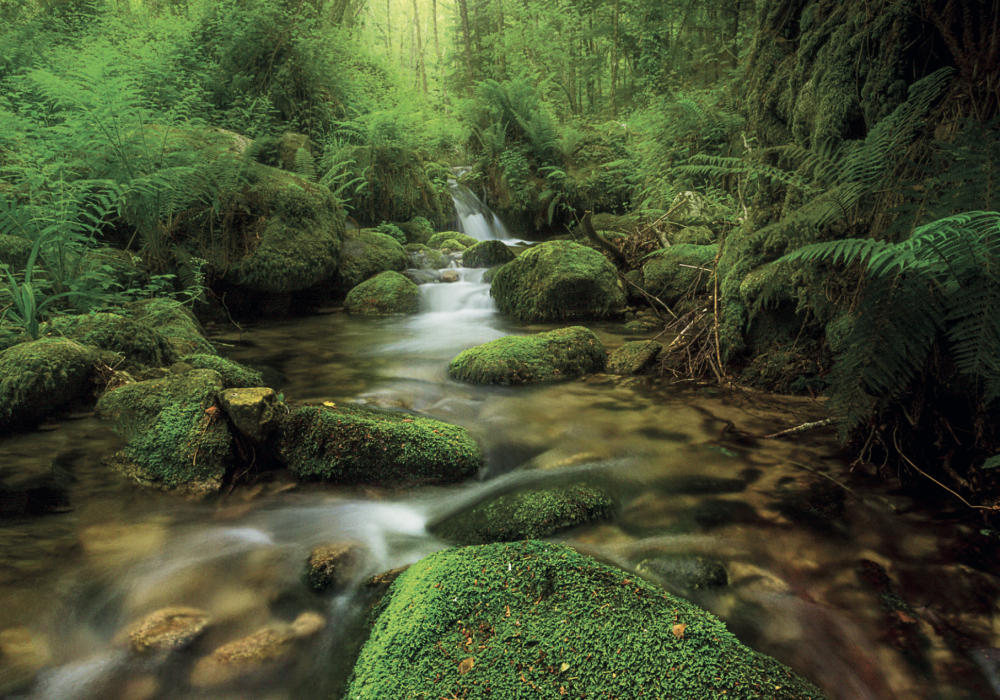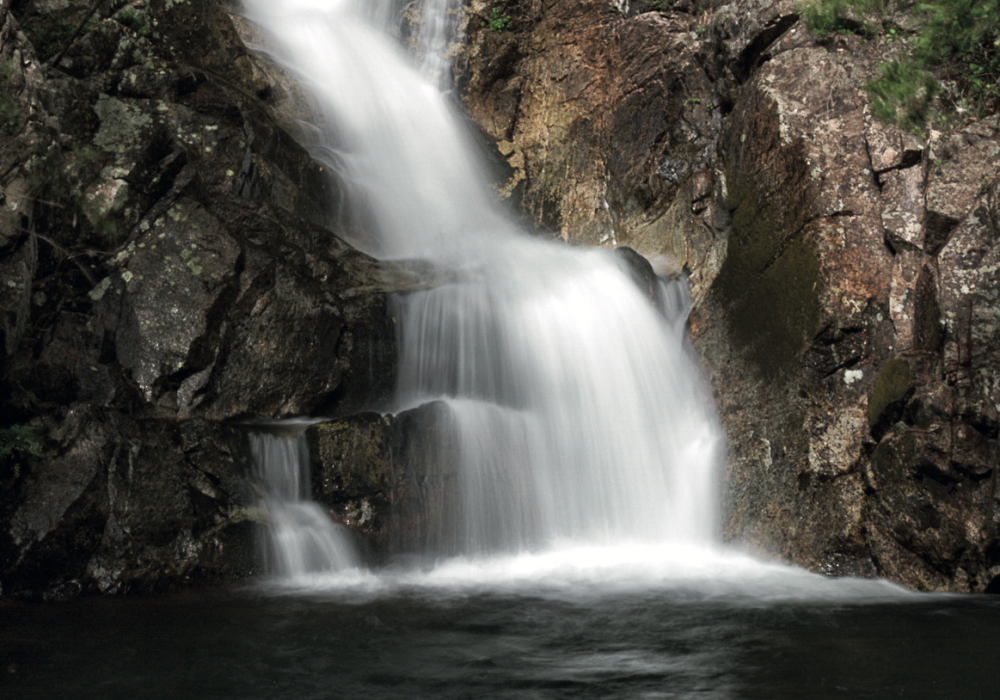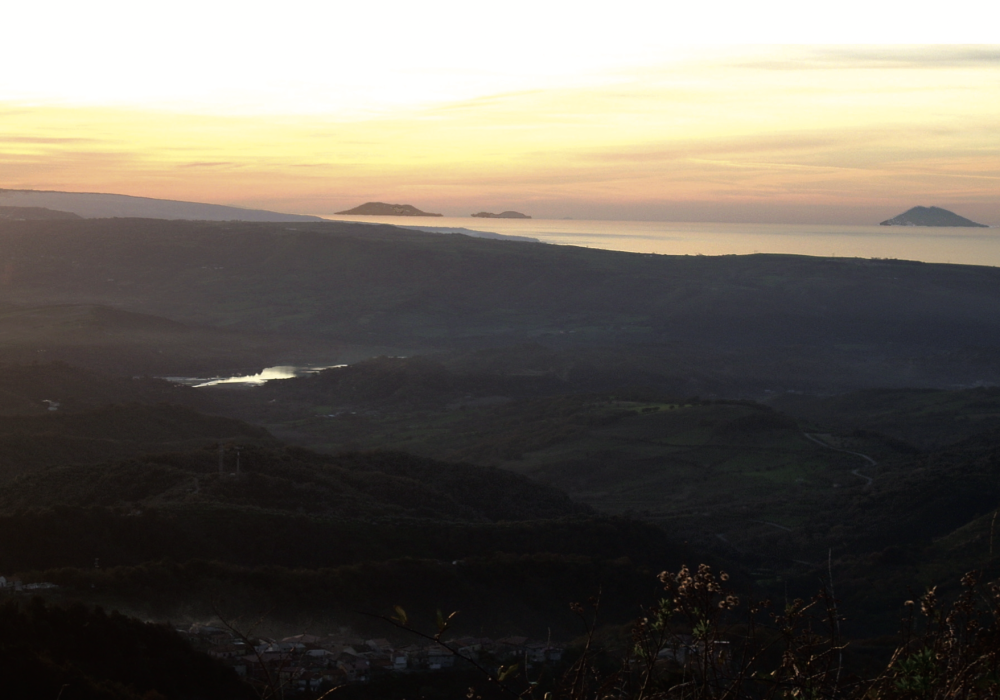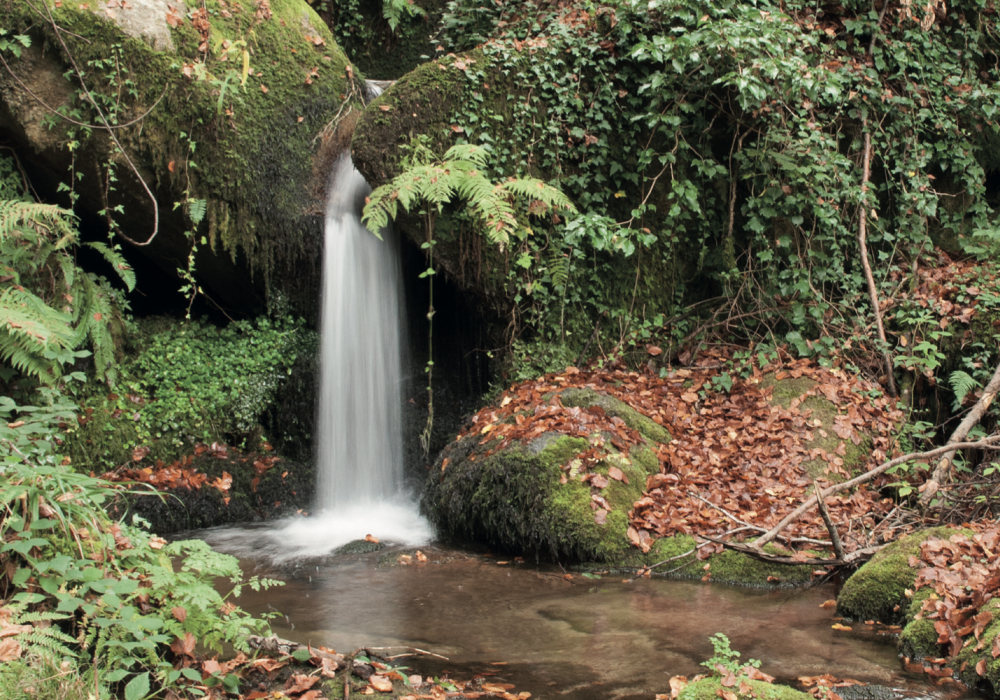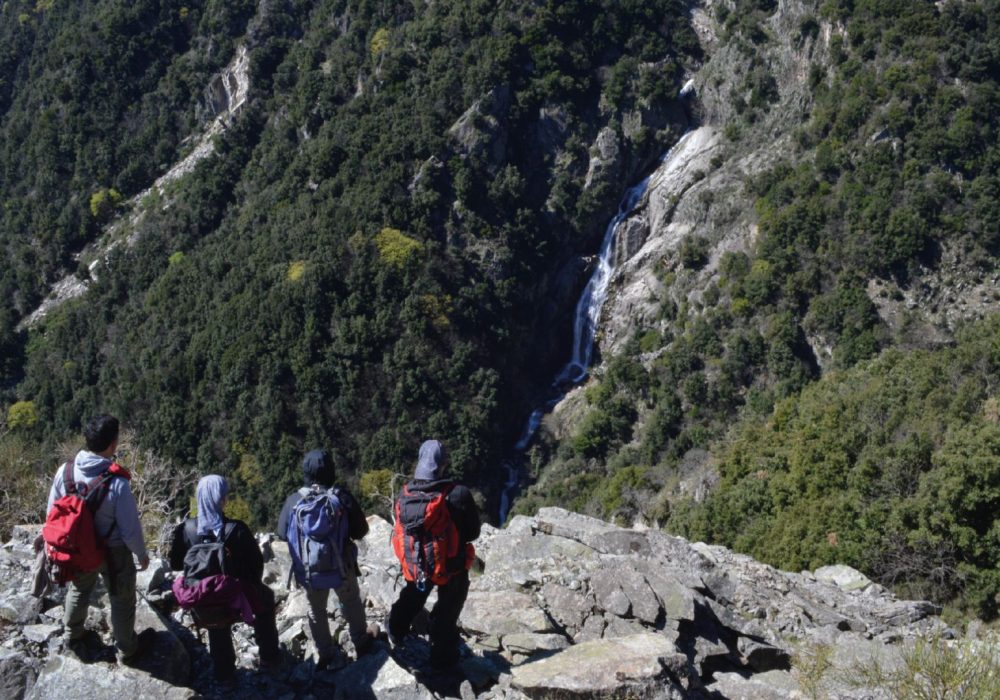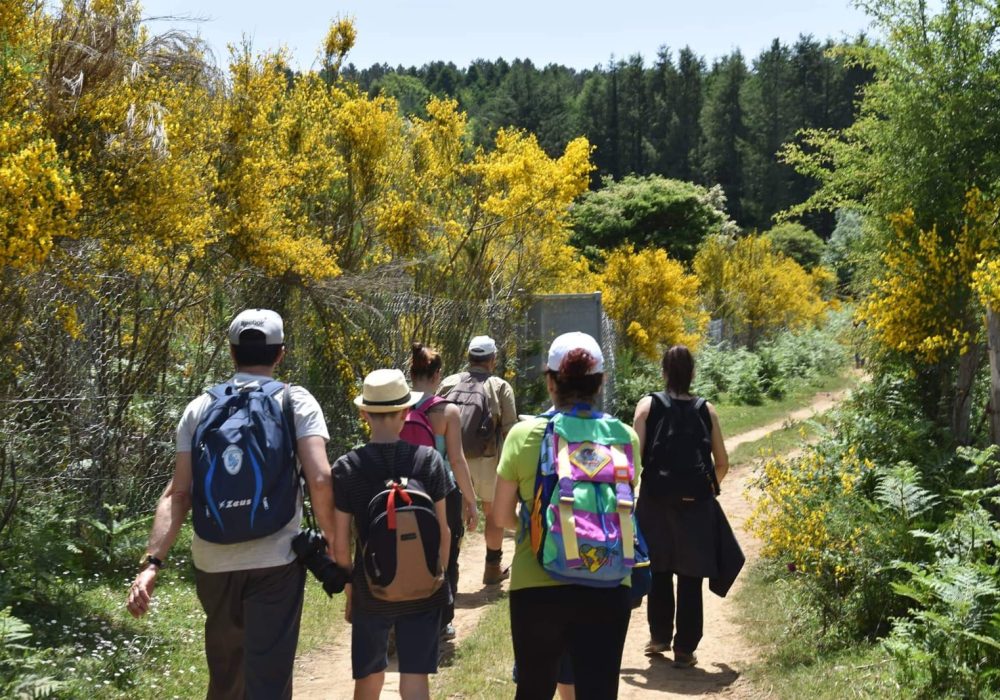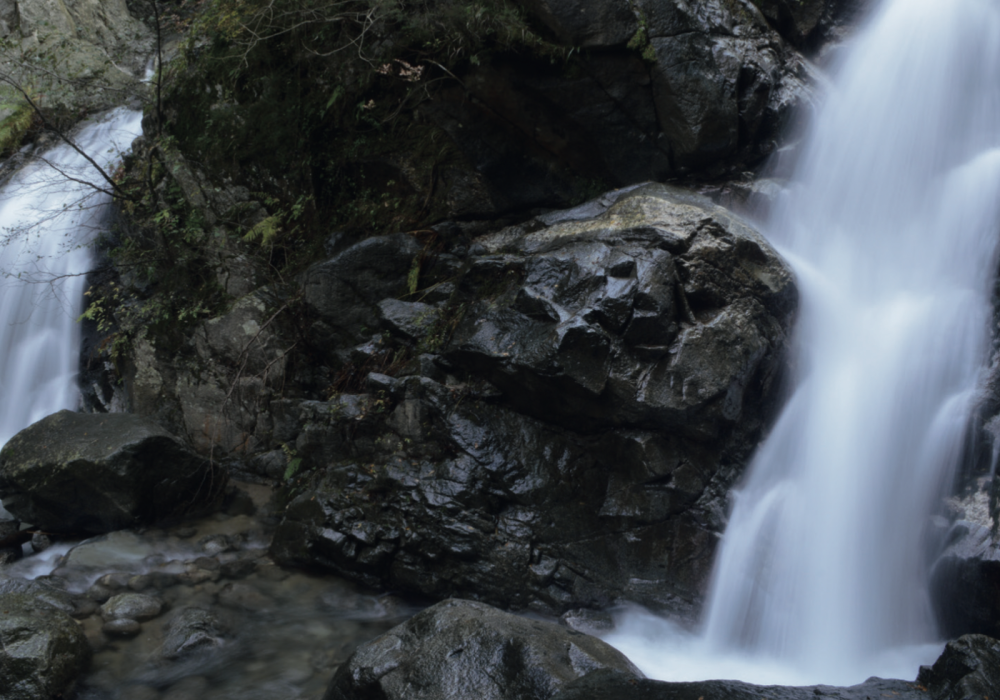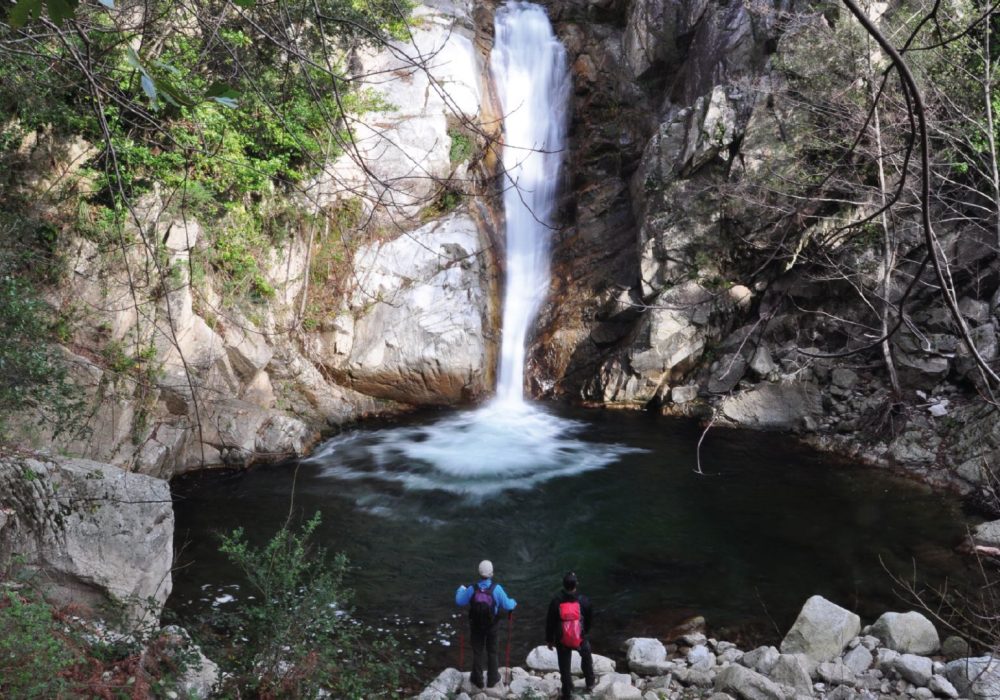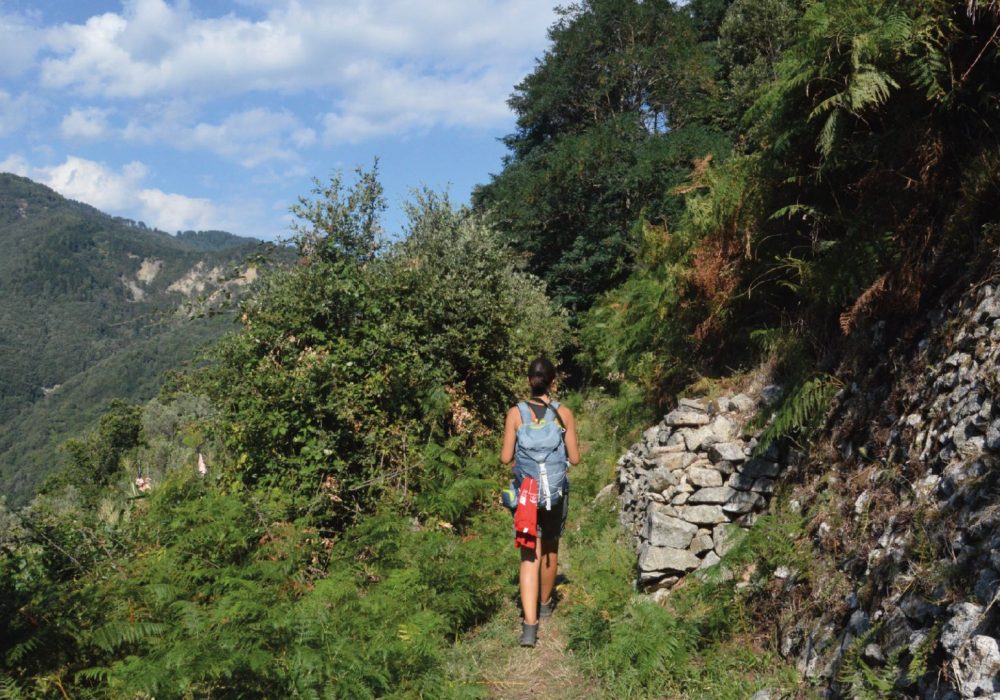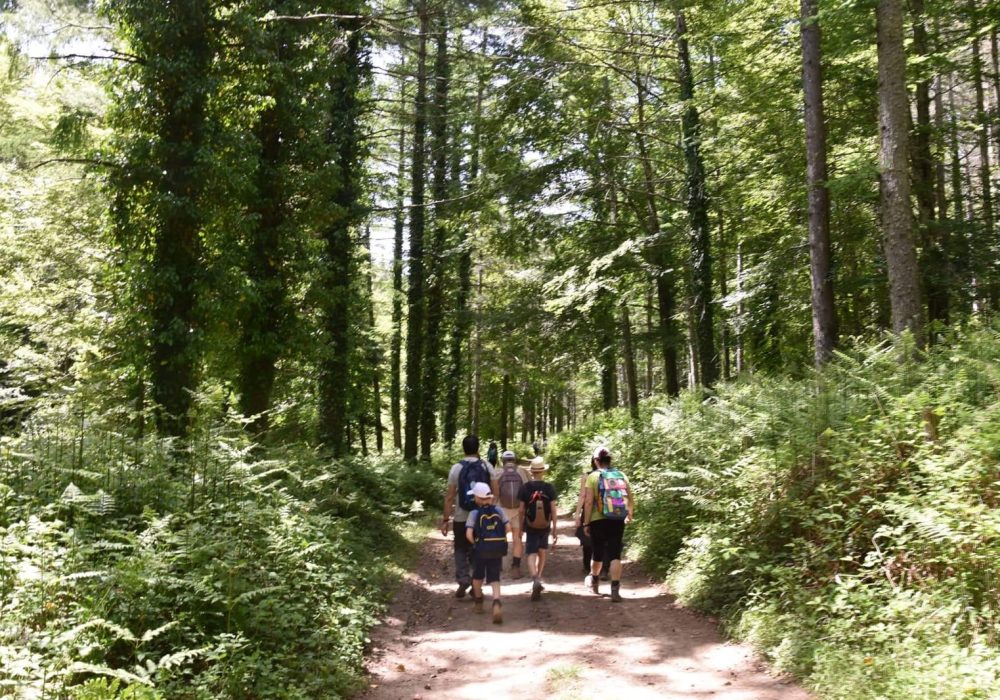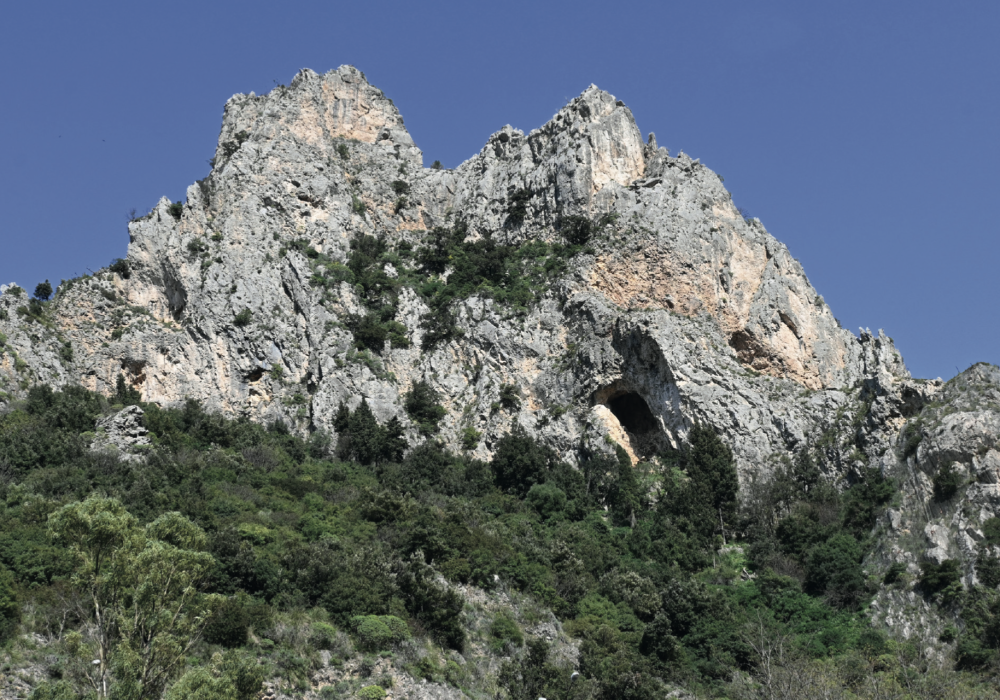Typical products
The wine and food heritage is to be considered as an integral part of the culture of the Park’s territory and presents, due to its richness and distinctiveness, a further reason for attraction. The agrarian landscape, different in colour and shape, is determined by the general fragmentation of the property and is characterised by the use of prevalently traditional techniques, resulting in products that respond, in terms of characteristics and flavours, to the canons of yesteryear, favouring quality over quantity. There are, for the most part, olive groves, arable land, the latter especially near the lake, where they create variegated patterns that can be compared to well-known impressionist paintings, a few vineyards of vinciguerra grapes in the Monterosso area and zibibbo grapes in the Pizzo area, as well as fruit trees, including citrus and figs. Horticultural produce, particularly in the Maierato area, is remarkable, such as cabbage, broccoli, cauliflower, aubergines, potatoes, peppers, tomatoes, broad beans, peas, green beans and beans. In the heights overlooking the coast, there are also several qualities of wild herbs, including capers, asparagus, fennel, rosemary and oregano. As for the fruits of the forest, in natural terms, apart from blackberries, strawberries and blueberries, mushrooms such as porcini, ovules and sanguinelli are also abundant. Livestock breeding and fishing, despite the decrease in value compared to the past, due to the degradation of pastures, the spreading of arable land, the marketing of fish products from other seas, as well as the persistence of unsustainable working conditions of the workers, still continue, fortunately, to be alive. In the inland areas, there are some herds of cattle and flocks of sheep and goats that provide milk for artisanal cheese production, some of which is exported; there is also frequent pig farming, mainly family-based, as well as poultry, chickens, turkeys and rabbits. All of this amidst the production of fresh meats, cheeses and cured meats, inimitable in their flavours due to their respect for tradition. Along the coastline, where there are the last fragments of an ancient seafaring tradition, there is a discrete fishing activity, which combines the amateur character with a territorial market, at times even regional, with tuna, small swordfish, crustaceans, blue fish, embellishing and perfuming the small Neapolitan fishmongers and the narrow streets of the old town centre on which they overlook. In addition, there are some decentralised industrial activities of ancient origin, dedicated to tuna processing, which also trade with foreign markets. In terms of food, from a mainly gastronomic point of view, the basic ingredients of local dishes, to be related, of course, to the different territorial areas of the coast and the interior, do not differ much from those of Calabrian cuisine, which are still: farinaceous products, pulses, vegetables, fish, pork and goat meat, olive oil, black pepper and, above all, spicy red pepper. The most common legumes are chickpeas and beans, while the most widely consumed fish are anchovies, sardines, tuna, cod and stockfish. Olive oil is the main condiment, while in the past the use of lard was common and butter was exceptional. Garlic, parsley, basil, mint, oregano and rosemary, potatoes and field herbs are also frequently used, as are cheeses and pickles, cooked in water and vinegar or simply raw, such as mushrooms, aubergines, courgettes, green tomatoes, celery, carrots, peppers and artichokes. The wines, mainly red in the interior and white on the coast, include family productions. Regarding desserts, apart from those with honey that preserve the Greek tradition (pignolata, graviuoli), recurring are cuzzupe, a typical Easter doughnut made from flour, sugar, eggs, yeast, lemon, aniseed and lard, with a hard-boiled egg in the centre; taraji, similar in preparation to biscuit dough, which in Francavilla Angitola, on the feast of San Foca, protector against reptile bites, are offered in the shape of a snake, covered in icing and coloured sugar decorations, with eyes made from coffee beans the popatuli, votive offerings with rich colouring, on snowy icing enveloping the biscuit core, offered in Monterosso to the Madonna del Soccorso and S. Rocco; the peanut, hazelnut and almond nougats; the renowned Pizzo ice creams, cremolatas, granitas, truffles, stuffed hazelnuts, cassatas.



